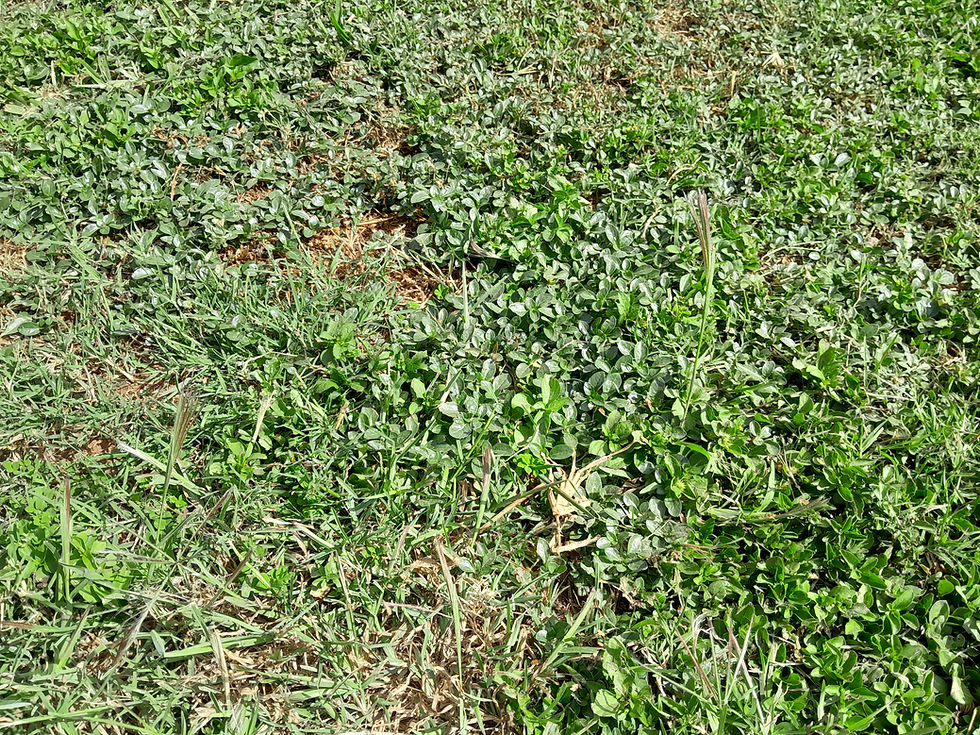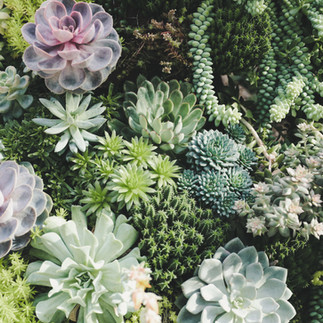A Basic Guide to Preparing your Garden for Winter
- Greenspace Zambia

- Mar 31, 2024
- 4 min read
Updated: May 10
As May begins and the cool, dry weather sets in, it's the perfect time to roll up our sleeves and prepare our gardens for the months ahead. The dry season presents new challenges, but with a bit of planning and care, we can keep our gardens thriving while also using fewer resources.
Many of the choices we make in our home gardens—how we water, what we plant, and how we care for the soil—have a ripple effect beyond our backyards. Protecting the environment starts right here, in our gardens and communities. Here are some essential tasks you need to do:
Protect the soil
Adding mulch to our garden beds is another smart move. Whether it's compost, straw, or bark chips, opting for organic materials creates a protective layer over the soil, helping it retain moisture and maintain a stable temperature.
Collecting Mulch:
Leaves and organic matters will dry out and decompose so collect as much as you can before then, to use as mulch or add to your compost. There are many options for mulch such as leaves, as grass clippings, compost or even mature. Some larger leaves will need to be crushed into smaller pieces so that they do not blow away when applied to the garden.

If you do not have your own garden mulch, you can buy some of the options listed below:
Medium hay bales are selling in Lusaka for K800 and can be used as mulch. It's a huge increase but it is a good investment if you consider the non-cash savings from reduced pumping, labour and reduced water use.
There are also options for mulch and you can find some suppliers on our garden directory. These include Ecobiz, Black Gold, and you can also find other suppliers on the Facebook Gardening Groups.
General Maintenance
Weeding
Weeding becomes more of a challenge in the dry season as the soil hardens. This means that you are sometimes unable to pull weeds out by the root. In many cases, although the plant on top may dry out, this underground root will simply lay dormant until until the next rains come. With the ground still soft from recent rains, May presents the perfect opportunity to tackle those pesky weeds. By removing them now, we can prevent them from competing with our beloved plants for water and nutrients as the dry season progresses.

Pruning
May offers a window to trim dead or damaged branches from shrubs, trees, and perennials. But remember, let's not go overboard – we want to promote healthy growth without stressing out our plants, especially with the dry season approaching.
Prune plants that have finished fruiting and are going dormant.
Trees like citrus that are fruiting this season will be pruned at the end of the cold season.
Water Conservation
Have you ever calculated how much borehole water you use to keep your lawn green in winter. Nothing greens up a garden like rain water, but now that the rains are over, our lawns would have to depend on underground water.
The previous years drought and flooding, suggest that significantly less water made it into the underground reservoirs. Although, we had 'normal' rainfall we may still experience water shortages, especially in urban areas.
It goes without saying that we have to be super responsible with our water consumption over this extended dry season and need to rethink our water habits. Fortunately, most lawns will survive with little or no watering, even if they dry out during the dry season.
In the video below, Sandy, from The Nursery On Chifwema gives some useful tips on how to manage our soils better to grow a healthier lawn.
We love our expansive green lawns but as community citizens let us reduce watering on the lawn. Remember we all draw water from the same underground reservoirs. Farmers are also using the same water for their crops and households use that same water for daily needs.
As we are going into winter, practice watering in the early morning to reduce the loss from evaporation, and so the plant does not 'sleep' in cold water at night.
Where possible group plants together and water according to their needs, as opposed to watering just watering on a schedule.
Plan for Winter Interest
At this time of the year the garden fades so think about adding some colour to your garden. Here are some suggestions:
Annuals:
At this time of the year, winter annuals are extremely popular in home gardens. They add a pop of colour to selected areas in a dry garden. However, they do require frequent watering so use them sparingly, or group them together in one location.
Check the Gardening In And Around Zambia Facebook group to see who is selling petunias, violas and marigolds, near your location.
Succulents:
From blue-gray agaves to purple aeoniums and red-edged echeverias, these drought-tolerant beauties not only thrive in the dry season but also add a pop of color all year round.
By tackling these garden tasks, we're setting our gardens up for success in the upcoming dry season while also doing our part in conserving water and promoting plant health.
Refresh your vegetable garden.
Nothing beats the flavour of food that is freshly picked from your garden Some common vegetable that thrive in the cooler temperatures include, lettuce, broccolli and cauliflower.
Read more on starting a vegetable garden here.
Taking time to prepare your garden now will pay off through the dry season ahead. With smart choices like mulching, mindful watering, and refreshing your plant selection, your garden can stay healthy, vibrant, and productive—even in the cooler months.
Remember, protecting the environment starts right in our gardens and communities. By gardening responsibly, we’re not just nurturing plants—we’re also conserving water, reducing waste, and caring for the shared ecosystems we all depend on.















Comments